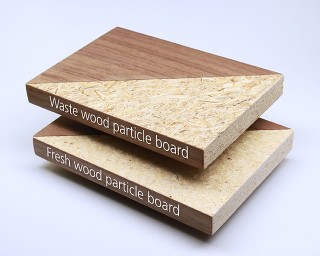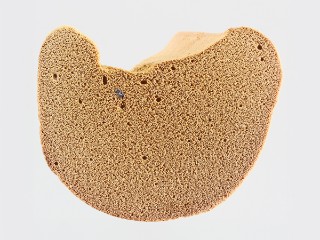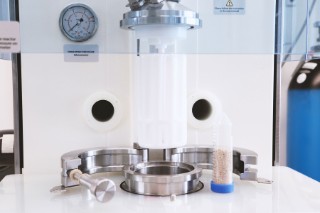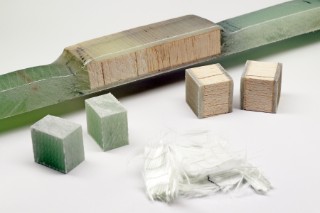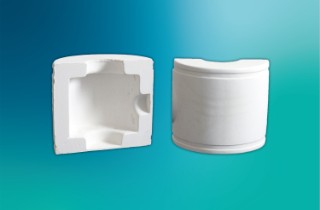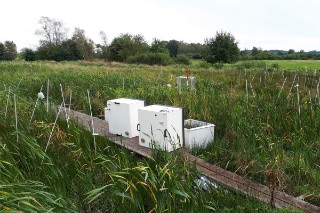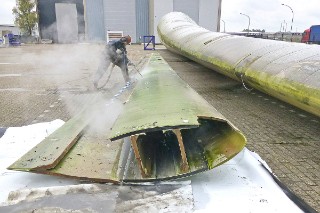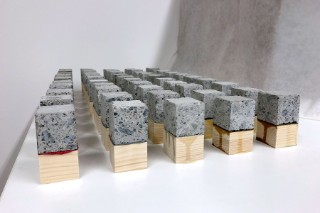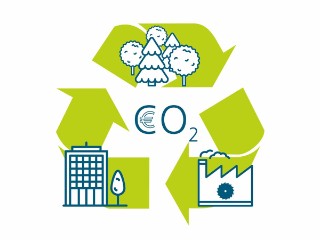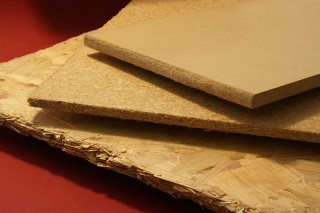Here is a small selection of our research projects.
Re-using wood several times: Good for the climate, technically possible and economically interesting. However, products made from waste wood are difficult to market. The problem is that potential buyers need to understand the benefits of waste-wood products and be able to trust that waste wood has indeed been utilized. For this reason, we are, in collaboration with the Thünen Institute, developing scientifically based recommendations for action with regard to quality assurance and end-user awareness - for example with the help of certificates and quality seals. As waste wood is almost exclusively utilized materially in particle-board production, we are focusing on this material and the products made therefrom, in particular furniture. The aim is to increase the market share of products based on waste wood and, consequently, to provide a contribution towards both the efficient use of raw materials and climate protection.
more info Fraunhofer Institute for Wood Research
Fraunhofer Institute for Wood Research 